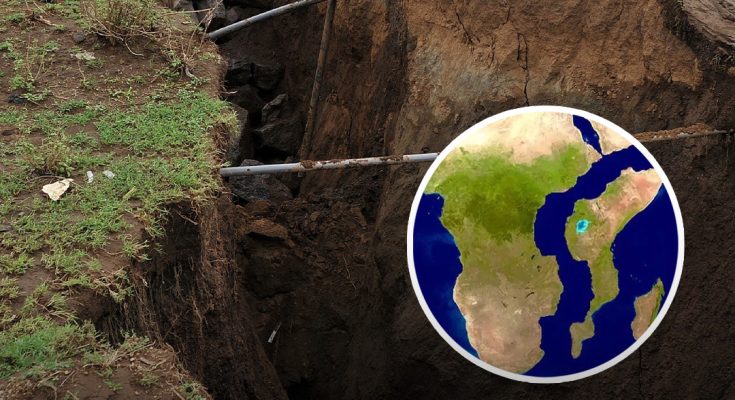Planet Earth’s sixth ocean has been spotted slowly emerging in what is a geological phenomenon.
While experts have been researching our planet for many a generation now, they continue to learn new things every single day.
In recent years, researchers discovered two parts of land, which make up our planet’s second-largest and second-most populous continent, beginning to separate.
Advert
This has in turn made way for a whole new ocean to run through the middle of it.
And if things continue the way they are, we could soon see a situation where countries such as Zambia and Uganda have their own coastline, despite currently being landlocked.
While many of Earth’s changes may not seem noticeable to the naked eye, tectonic plates are constantly on the move.
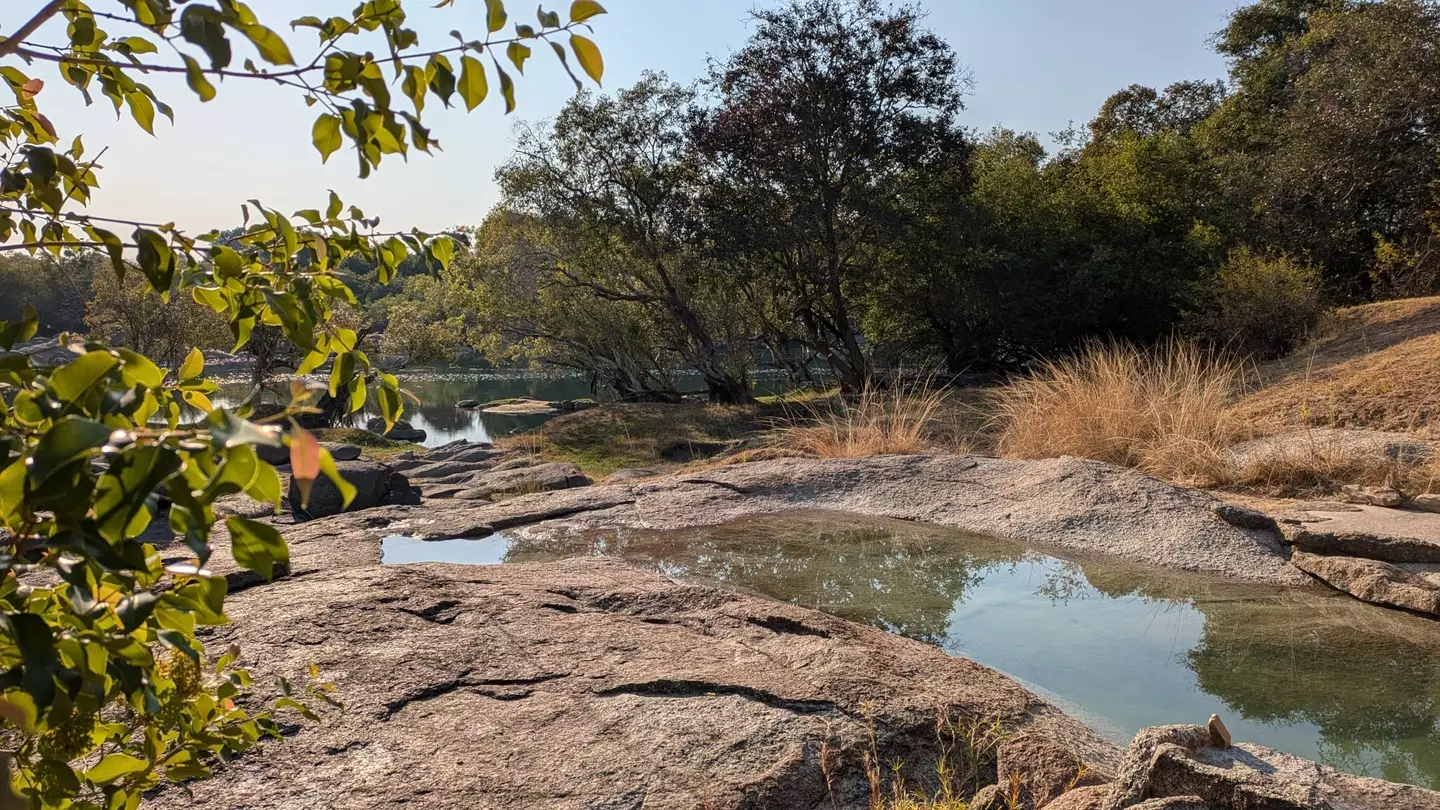
Landlocked Zambia could one day have its coastline (Getty Stock Photo)
Advert
The Earth’s lithosphere, which is formed by the crust and the upper part of the mantle, is separated into a number of these tectonic plates.
And it’s the movement of tectonic plates in a certain part of the world that is changing our planet as we know it.
The peer-reviewed journal Geophysical Research Letters confirmed that a new ocean is being created as the African continent is beginning to split in half.
The crack is found on the borders of the boundaries of the African, Arabian and Somali tectonic plates.
Advert
For the past 30 million years, the Arabian plate has been slowly moving away from the African continent.
The Somali plate is also moving away from the African plate – peeling its way through the East African Plate in the process.
Thanks to the advancement in technology, particularly through the use of GPS instruments, experts are able to make precise conclusions of such land movements.
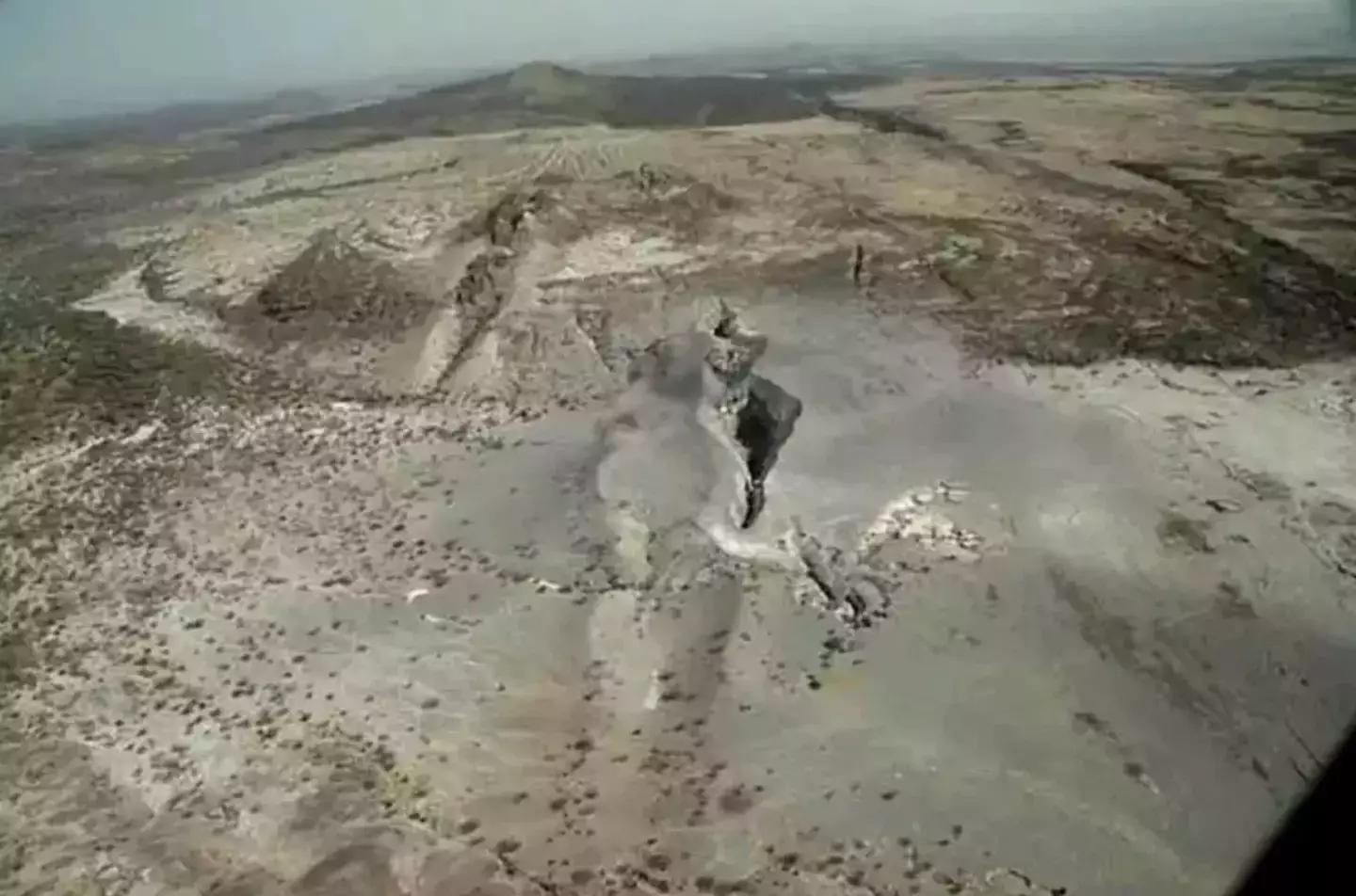
A crack is appearing through Africa (University of Rochester)
Advert
A marine geophysicist and a professor based at the University of California, Ken Macdonald, said: “With GPS measurements, you can measure rates of movement down to a few millimetres per year.
“As we get more and more measurements from GPS, we can get a much greater sense of what’s going on.”
Speaking of the discovery as a whole, Macdonald added: “The Gulf of Aden and the Red Sea will flood in over the Afar region and into the East African Rift Valley and become a new ocean, and that part of East Africa will become its own separate small continent.”
While it is still millions of years away at this point, such geographic event will lead to a new ocean across the entirety of the rift.
Advert
This is already happening, according to experts.
Conversation15 Comments
Featured Image Credit: Africa Infohub/YouTube/Twitter/CC BY-SA 3.0
Topics: Nature, Science, Environment, Earth, Africa
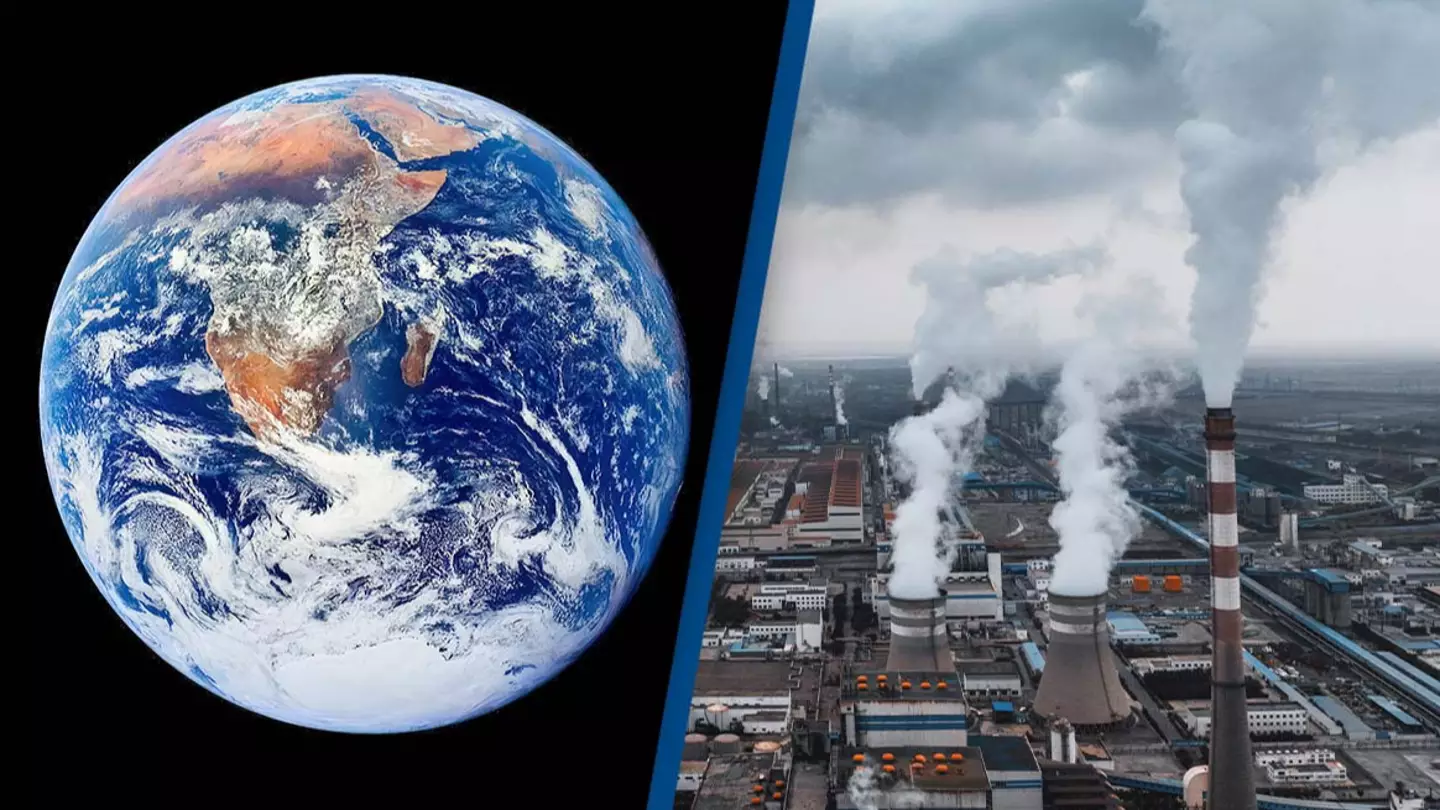
An international group of researchers have issued a warning about the future of our planet after discovering trees and land absorbed almost no carbon last year.
Plants absorb carbon dioxide – it’s one of the lessons everyone learns in science class at an early age, but what happens when that’s no longer true?
How do plants and land usually absorb carbon?
Human activity such as burning coal, oil, or natural gas results in the production of carbon, which in turn can get trapped in the atmosphere and contribute to climate change.
Advert
As a result, we’re constantly being encouraged to reduce our carbon footprint, but we do get a helping hand from the world around us.
Oceans, forests, grasslands, and soils on Earth absorb much of the carbon in the atmosphere, helping to regulate the Earth’s climate.
As population, production, and technology increased and improved, humans began to release more emissions – but plants also began to absorb more, thanks to the increased carbon dioxide allowing them to grow faster.

Carbon is released into the atmosphere by burning gas (Andrew Aitchison / In pictures via Getty Images)
How much carbon did plants absorb in 2023?
For thousands of years, the release of carbon been manageable for plants living in a relatively stable climate on Earth.
Advert
However, as temperatures increase and agriculture work continues to expand, the scales are being tipped in the wrong direction.
In a joint paper published by researchers from China, the UK, France, and Germany, the team pointed out that 2023 was the hottest year ever recorded, and that forest, plants and soil absorbed almost no carbon.
At New York Climate Week in September, Johan Rockström, director of the Potsdam Institute for Climate Impact Research, issued a warning about the disturbing direction we are heading in.
“Nature has so far balanced our abuse. This is coming to an end,” he said.
Advert
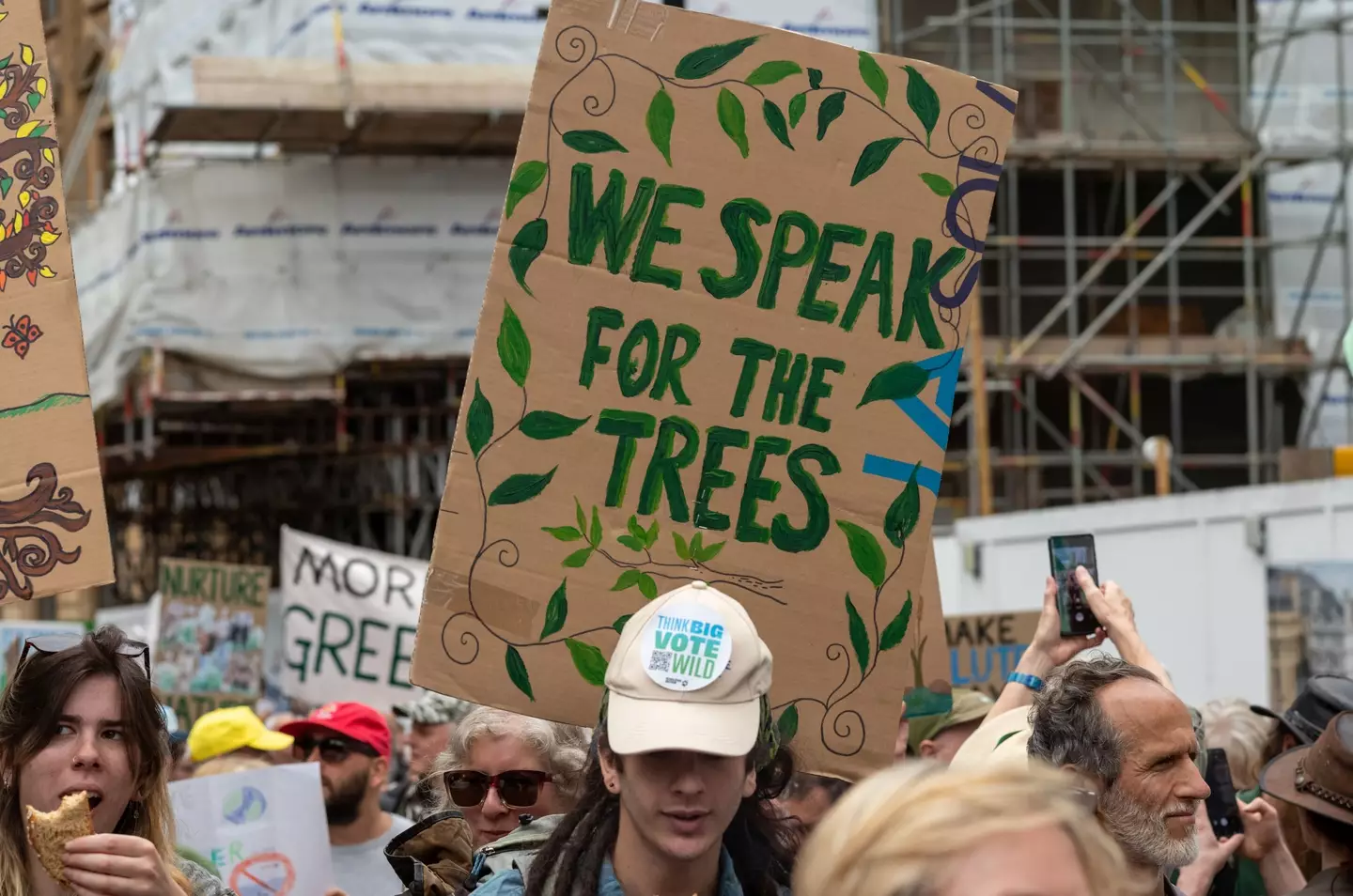
Scientists have warned we cannot rely on natural carbon sinks (Andy Soloman/UCG/Universal Images Group via Getty Images)
Why did plants stop absorbing carbon?
Earlier this year, a paper looking at carbon absorption found that while the total amount of carbon absorbed by forests between 1990 and 2019 was steady, there were variations visible by region.
Stretching across Russia, Scandinavia, Canada and Alaska are what are known as the boreal forests; absorption here was found to be down by more than a third due to climate crisis-related impacts, including fires and clearing the land for timber.
Advert
In addition to drought in the Amazon and in parts of the tropics, the hot conditions in the boreal forests are believed to have helped driven the collapse of the carbon sink last year.
Philippe Ciais, an author on the paper and a researcher at the French Laboratory of Climate and Environmental Sciences, commented: “In 2023, the accumulation of CO2 in the atmosphere is very high and this translates into a very, very low absorption by the terrestrial biosphere.
“In the northern hemisphere, where you have more than half of CO2 uptake, we have seen a decline trend in absorption for eight years,” he continued, according to The Guardian. “There is no good reason to believe it will bounce back.”
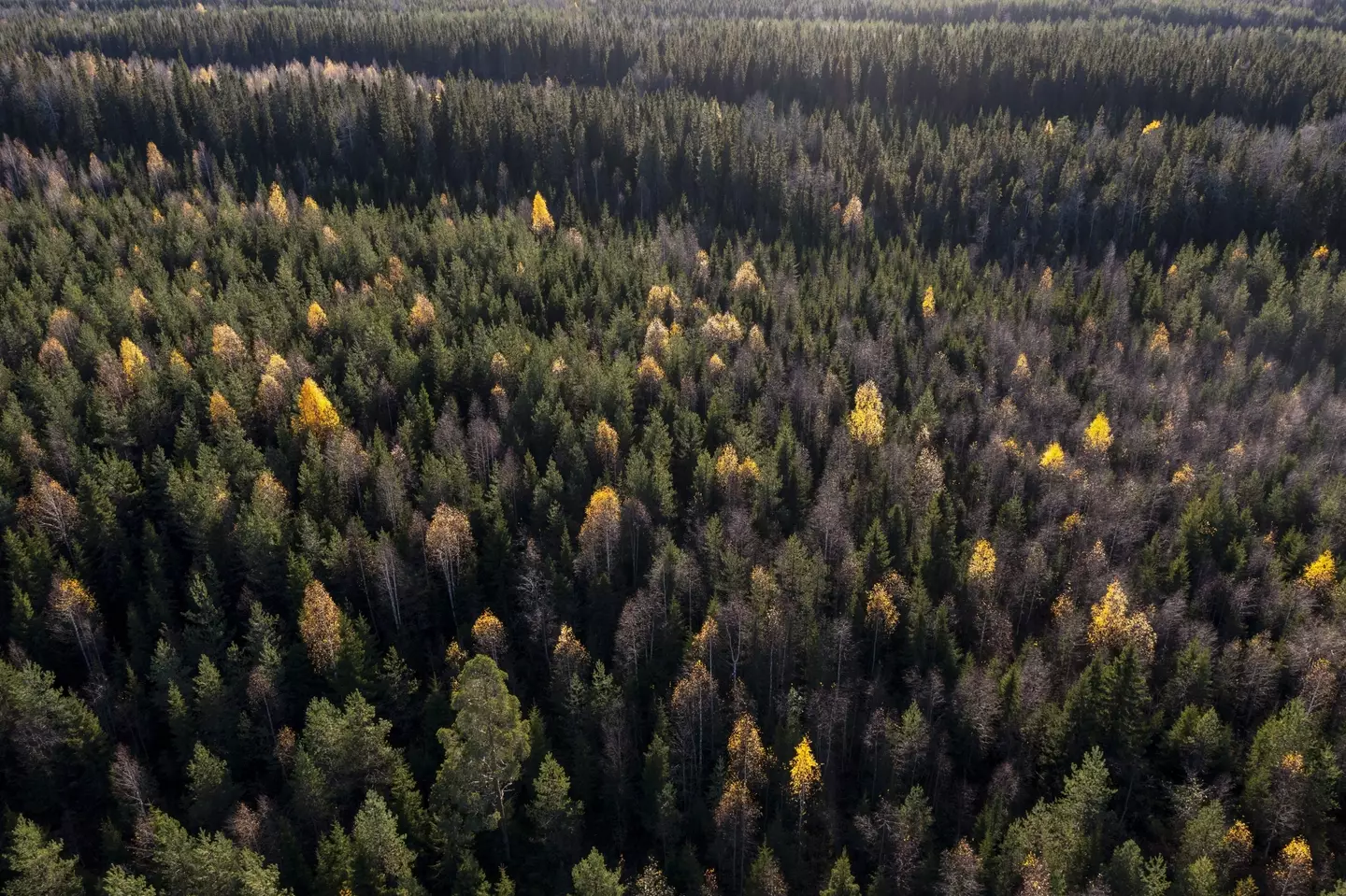
The boreal forests suffered a huge decline in carbon absorption (OLIVIER MORIN/AFP via Getty Images)
Can the planet recover?
Though the preliminary figures from 2023 are concerning, it’s possible that the breakdown of the carbon sink could be temporary if exposure to droughts and wildfires decreases.
Advert
We can also rely on the ocean to soak up some carbon emissions, but this in turn leads to rising sea temperatures.
Professor Andrew Watson, head of Exeter University’s marine and atmospheric science group, commented: “Overall, models agreed that both the land sink and the ocean sink are going to decrease in the future as a result of climate change. But there’s a question of how quickly that will happen.
“The models tend to show this happening rather slowly over the next 100 years or so. This might happen a lot quicker.
“Climate scientists [are] worried about climate change not because of the things that are in the models but the knowledge that the models are missing certain things.”
With our natural carbon sinks in a precarious state, Professor Pierre Friedlingstein, of Exeter University, warned that we ‘shouldn’t rely on natural forests to do the job’.
“We really, really have to tackle the big issue: fossil fuel emissions across all sectors,” he said.
Conversation9 Comments
Featured Image Credit: Getty Stock Images
Topics: Climate Change, Environment, Nature, Science, Technology

The more we learn about how nature works, the more interesting – and sometimes strange – our world seems.
Just in the past week, we’ve seen scientists discover a new bone-eating creature and a missing continent being discovered after 375 years.
But how about a pool at the bottom of the ocean that kills anything that goes anywhere near it?
Advert
It’s just one more reason to be terrified of the ocean.
Back in 2022, scientists discovered the pool at the bottom of the Red Sea, with
Professor Sam Purkis at the forefront as a leading member of the team who made the terrifying discovery at the University of Miami.
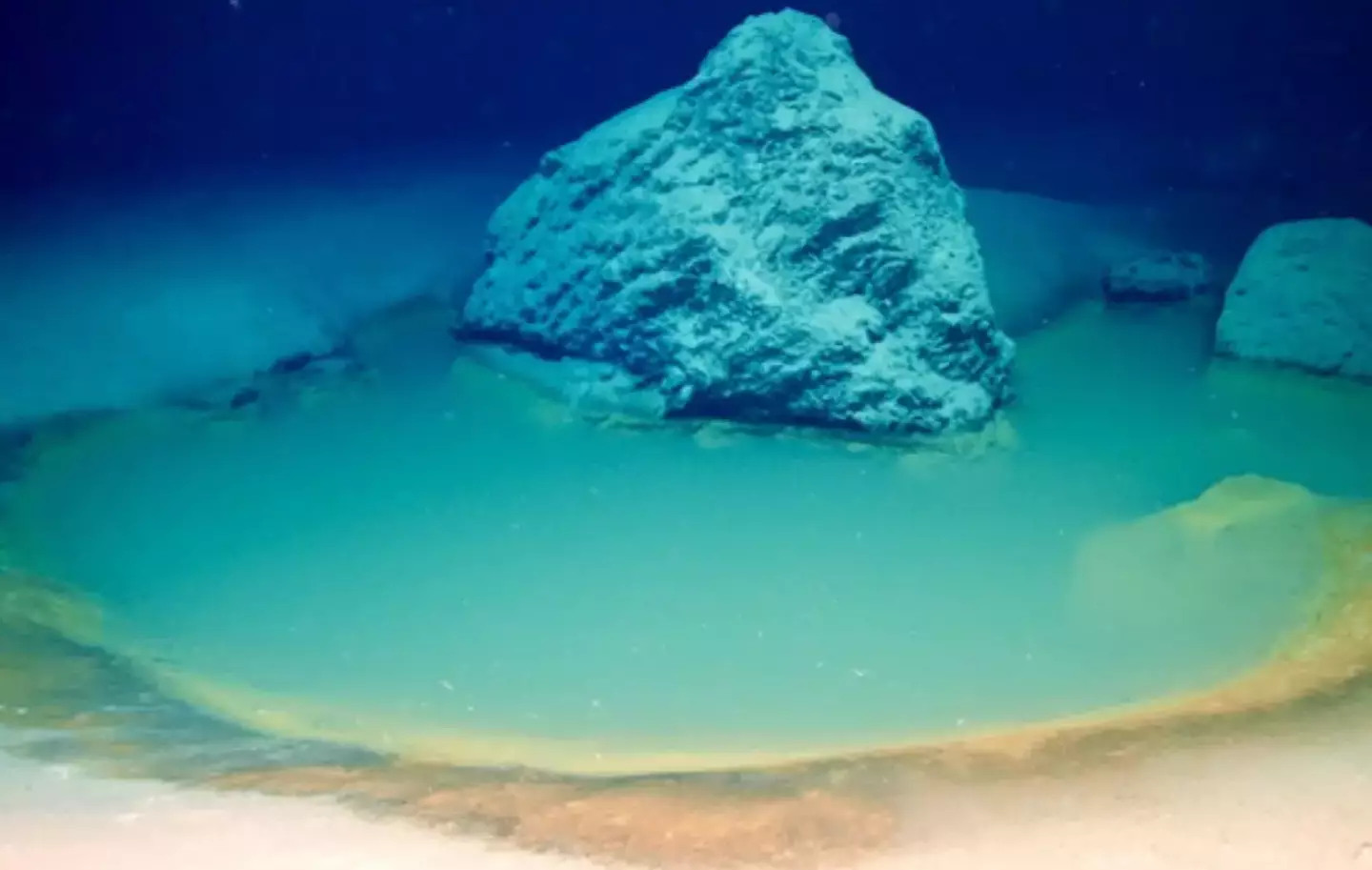
Youtube/OceanX
Advert
According to the professor, the brine is devoid of oxygen meaning that ‘any animal that strays into the brine is immediately stunned or killed’.
Of course, these terrifying brine pools at the bottom of the sea are terrible news for unexpected fishes.
However, it is the complete opposite for predators, who Purkis said ‘feed on the unlucky’.
Speaking about the University of Miami’s finding to Live Science, Purkis also said that the discovery could help scientists work out how oceans on our planet formed millions of years ago.
Advert
“Our discovery of a rich community of microbes that survive in extreme environments can help trace the limits of life on Earth and can be applied to the search for life elsewhere in our solar system and beyond,” he explained.
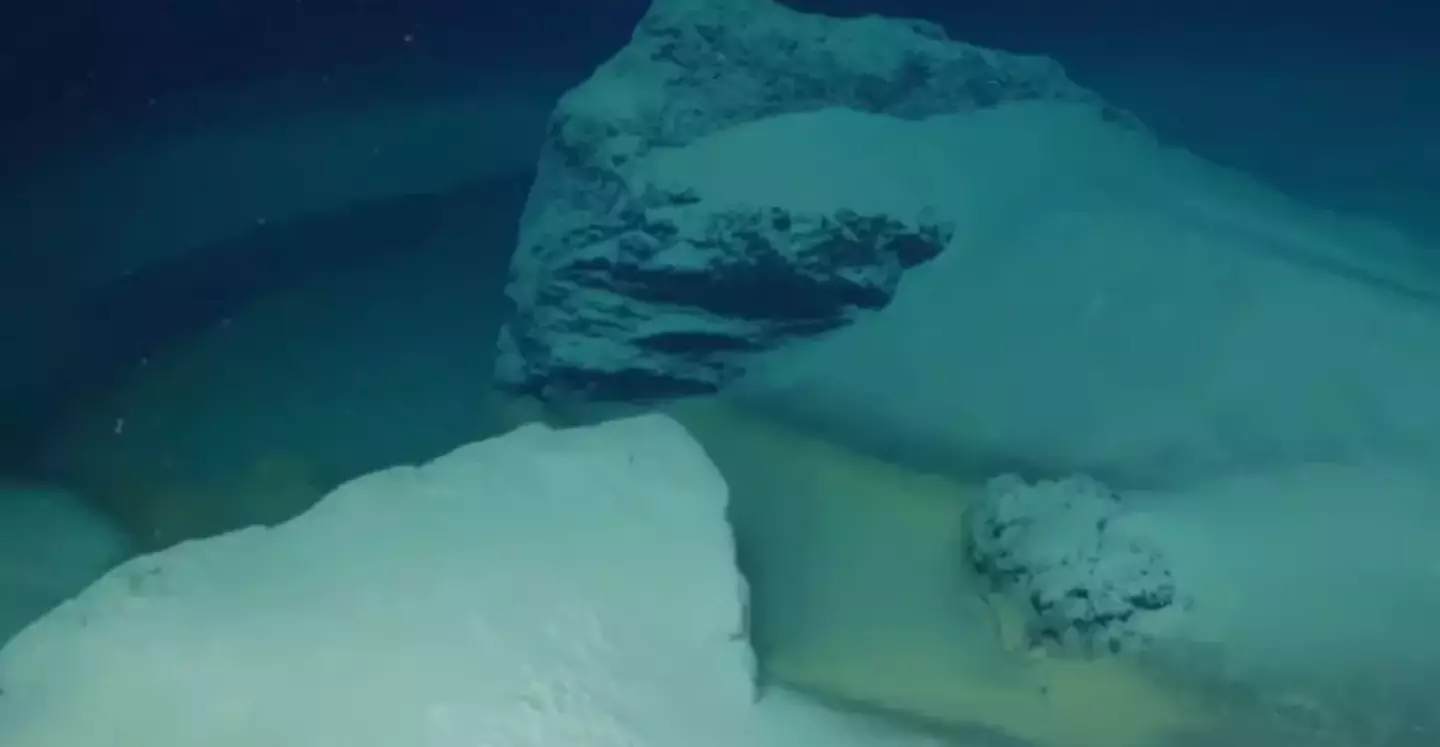
Youtube/OceanX
“Until we understand the limits of life on Earth, it will be difficult to determine if alien planets can host any living beings.”
Despite their ungodly appearance and ability to murder anything that gets close, brine pools are actually rich in biodiversity.
Advert
“At this great depth, there is ordinarily not much life on the seabed.” Purkis continued. “However, the brine pools are a rich oasis of life. Thick carpets of microbes support a diverse suite of animals,”
Purkis and his team made their discovery at a depth of 1,770m using a remotely operated underwater vehicle (ROV).
He revealed that they came across the brine pool during the last five minutes of a ten-hour dive.
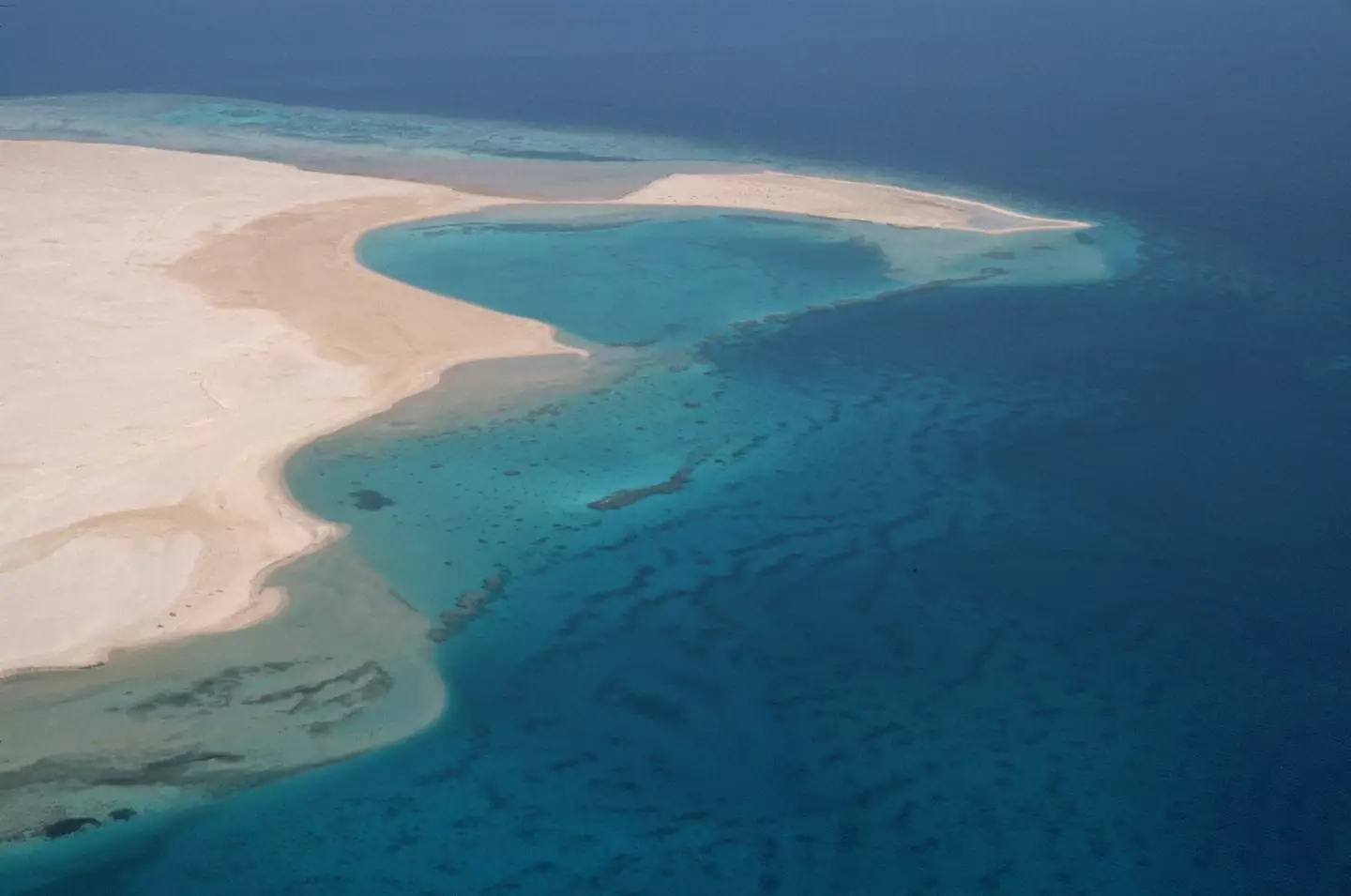
Lloyd Cuff/Getty stock image
Advert
Not only are brine pools void of oxygen and full of lethal saline levels (hence animals dying when they come into contact with the pools), they can also contain toxic chemicals like hydrogen sulphide.
These brine solutions quite literally pickle animals alive, and researchers once found a crab inside a brine pool that – despite likely having been dead for eight years – still had its soft tissue intact.
However, the edges of brine pools are often lined with mussels because the molluscs contain symbiotic chemosynthetic bacteria that utilises the high quantities of methane found in brine pools and turns it into carbon sugar.
Frightening stuff.
Featured Image Credit: Ocean X/Youtube
Topics: Science, Nature, Environment

Africa could end up as two separate bits of land and geologists have revealed why.
The Hardest Geezer successfully completed his mission to run the length of Africa earlier this month, however, had he decided to take on a similar feat across the continent in years to come, his journey may’ve been a bit harder to navigate.
In 2018, a large crack suddenly appeared in Kenya, specifically in the Kenyan Rift Valley.
Advert
Some viewed the crack as resulting from the East African rift – the active continental rift zone in East Africa – and Africa’s tectonic plate breaking into two.
If the plate does break into two, countries like Zambia and Uganda which are currently landlocked, could one day have their own coastlines.
However, some geologists don’t believe the crack was formed by the rift.
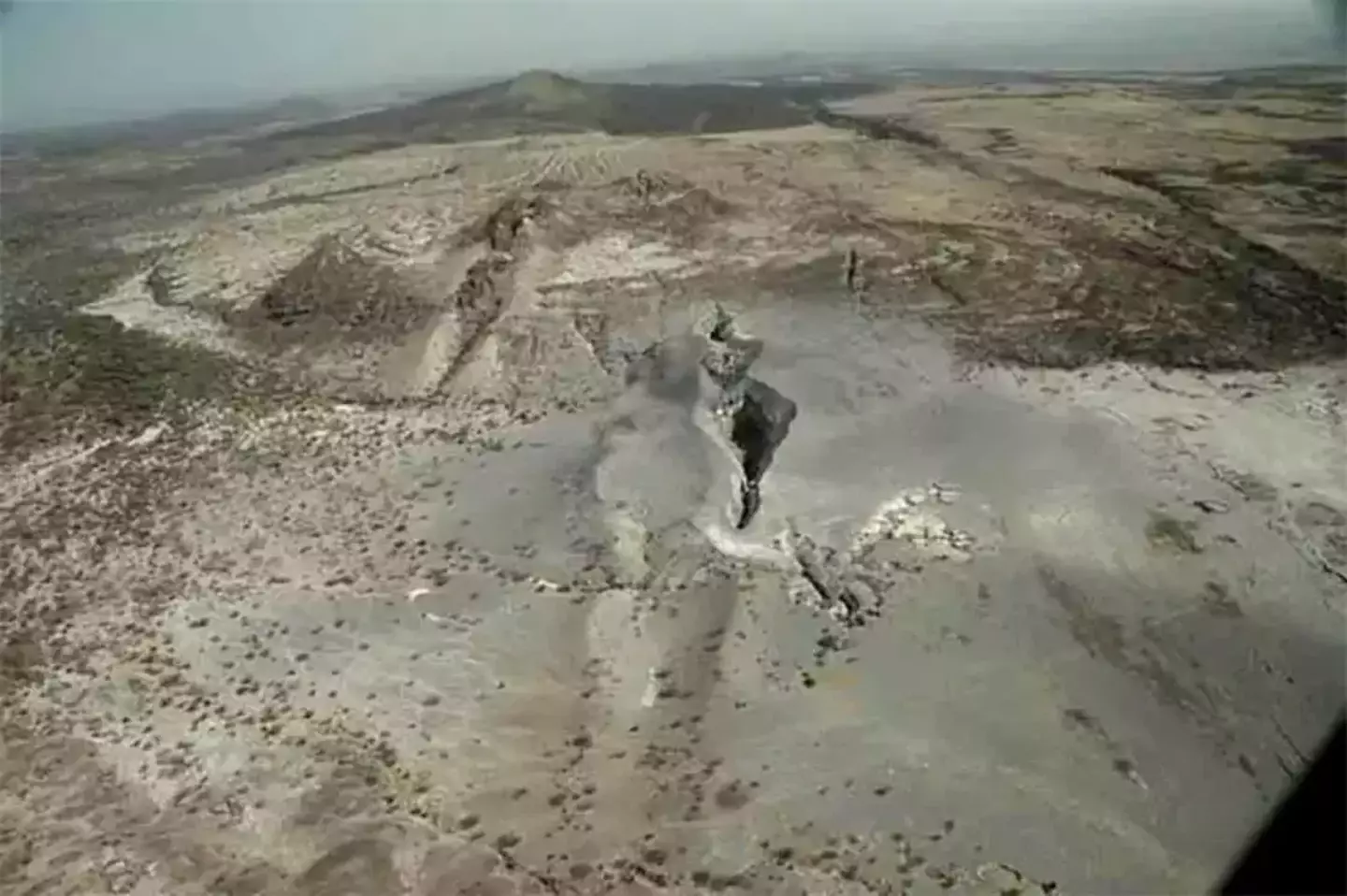
Scientists have discovered a new ocean beginning to form as Africa begins to split. (University of Rochester)
Advert
Some geologists have said it was due to soil erosion.
And postdoctoral researcher at Royal Holloway University of London, Lucía Pérez Díaz suggested a combination of two. She said the crack could also be because of the erosion of soft soils infilling an old rift-related fault.
The most important question, however, is why this is happening.
While the Earth’s changes may not seem noticeable to us, tectonic plates are constantly moving.
Advert
The Earth’s lithosphere, which is formed by the crust and the upper part of the mantle, is broken up into a number of these tectonic plates.
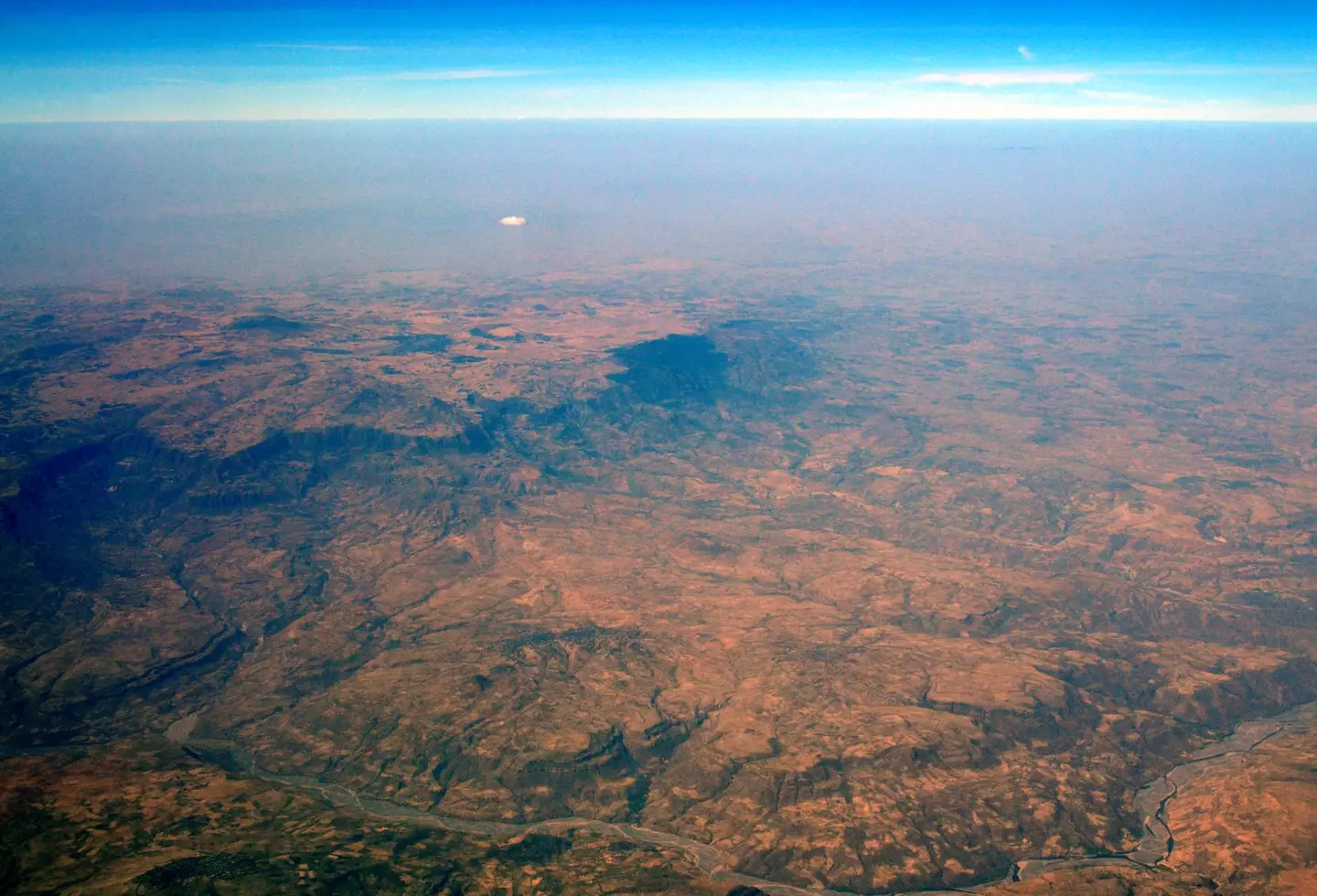
Aerial view of Africa’s Great Rift Valley. (Mtcurado/Getty Images)
As mentioned, these plates are not stationary, and the movement causing them to move around can also rupture.
This can lead to a rift forming and the creation of a new plate boundary, which Diaz says is happening at the East African Rift.
Advert
The East African Rift itself stretches over a staggering 3,000km from the Gulf of Aden in the north towards Zimbabwe in the south.
As a result, it splits the African plate into two unequal parts: the Somali and Nubian plates.
The rift has varying attributes across its 3,000km distance, with the south seeing faulting occur over a wider area, and volcanism and seismicity are limited.
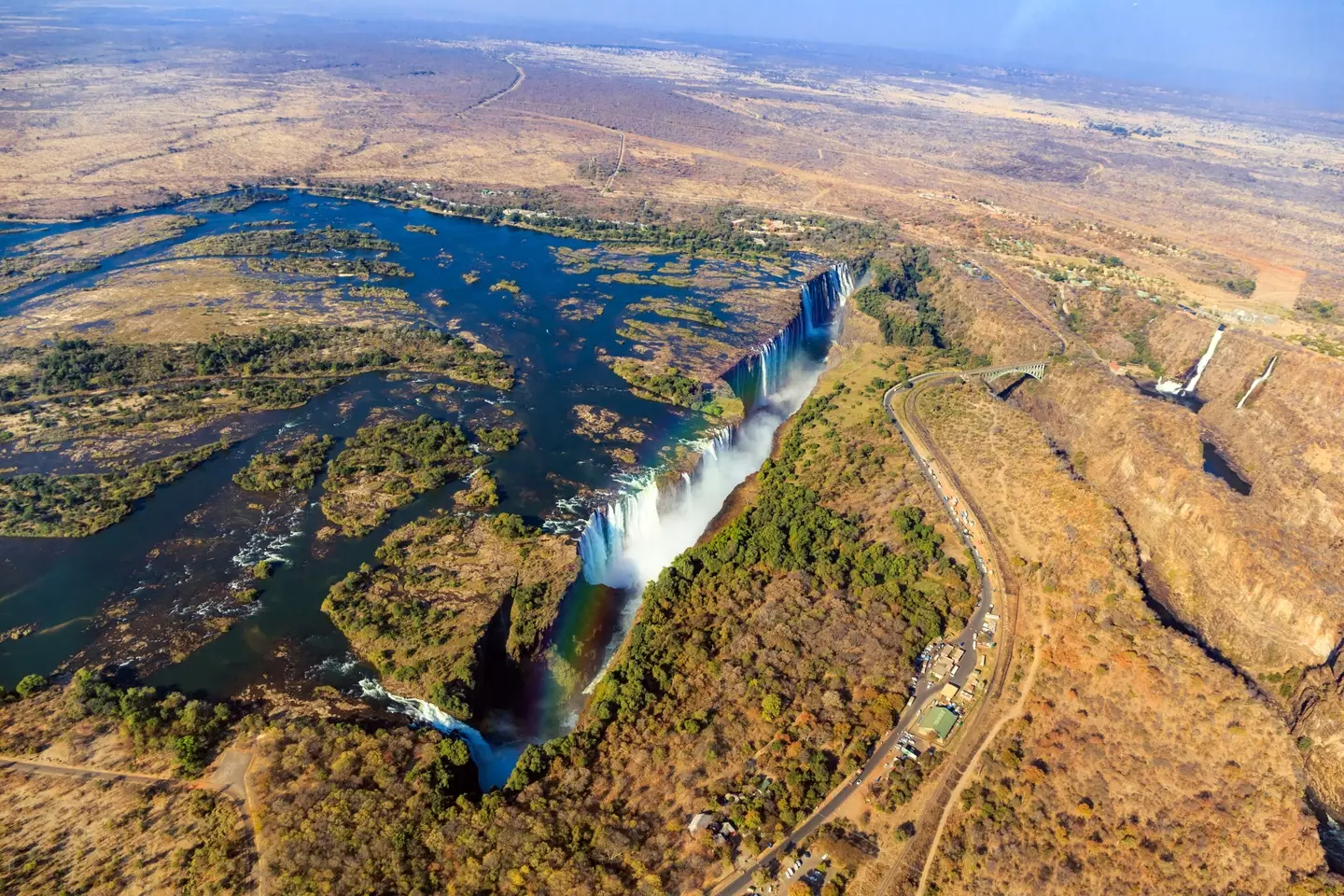
Landlocked Zambia could one day have its coastline due to the East African Rift.(Maria Swärd/Getty Images)
Advert
But if you head towards the Afar region, the entire rift valley floor is covered with volcanic rocks.
Diaz suggested that this means the lithosphere has thinned almost to the point of complete break up.
This means over a period of tens of millions of years, a new ocean will lead to seafloor spreading along the entire length of the rift, which is apparently beginning to happen already.
After this, the ocean will then flood in, ultimately leaving the African continent smaller and a large island made of parts of Ethiopia and Somalia sitting in the Indian Ocean.
Featured Image Credit: Africa Infohub/YouTube
Topics: Environment, Science, World News, Nature, Earth
-2.webp)
Shocking photographs released last year show the continent of Africa splitting apart as a new ocean starts to form.
Thanks to a variety of different factors, our planet is ever changing – something which is creating grave concern for a lot of folks.
While the changes that are happening to our planet aren’t always obvious, photographs are a pretty good way of showing the true story. And snaps released into the public domain in 2023 showcased just how deep the damage is as parts of Africa are literally falling apart.
Advert
Two parts of land in Kenya have begun to split apart over recent years, something which has come as a shock to those who reside there.
In fact, the two masses are that far apart, that a new ocean is forming between them. And in the future, that ocean will be well and truly up and running.
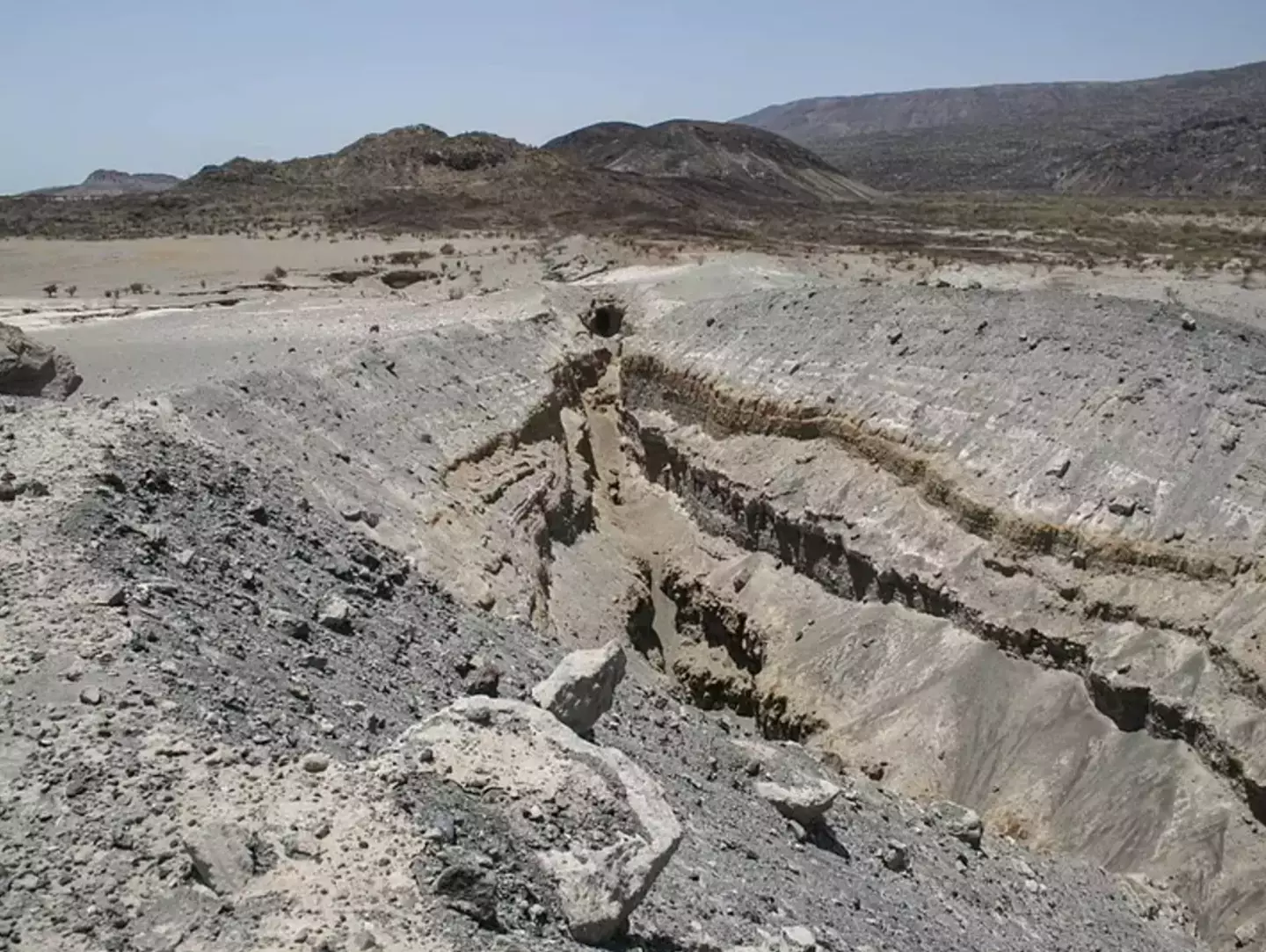
Africa is literally splitting apart. (Julie Rowland, University of Auckland)
It’s not just Kenya that is impacted though, as it’s thought that the African countries of Zambia and Uganda could one day have their own coastlines.
Advert
And those who know just the slightest bit of Geography, will know these countries are currently landlocked.
Expert research has also confirmed that a new ocean will one day run through the gap, named the East African Rift, millions of years from now.
According to the peer-reviewed journal Geophysical Research Letters, experts now know the exact spot where the crack began as the borders of three tectonic plates that have been gradually moving away from each other.
The international effort has discovered that the crack currently runs 35 miles long after first appearing back in 2005 in the Ethiopian deserts.
Advert
Christopher Moore, a Ph.D. doctoral student at the University of Leeds, told NBC News: “This is the only place on Earth where you can study how continental rift becomes an oceanic rift.”
Moore utilised satellite radar technology to monitor volcanic activity in the East African region most commonly associated with the continent’s gradual breakup.
The crack resides on the borders of the boundaries of the African, Arabian and Somali tectonic plates.
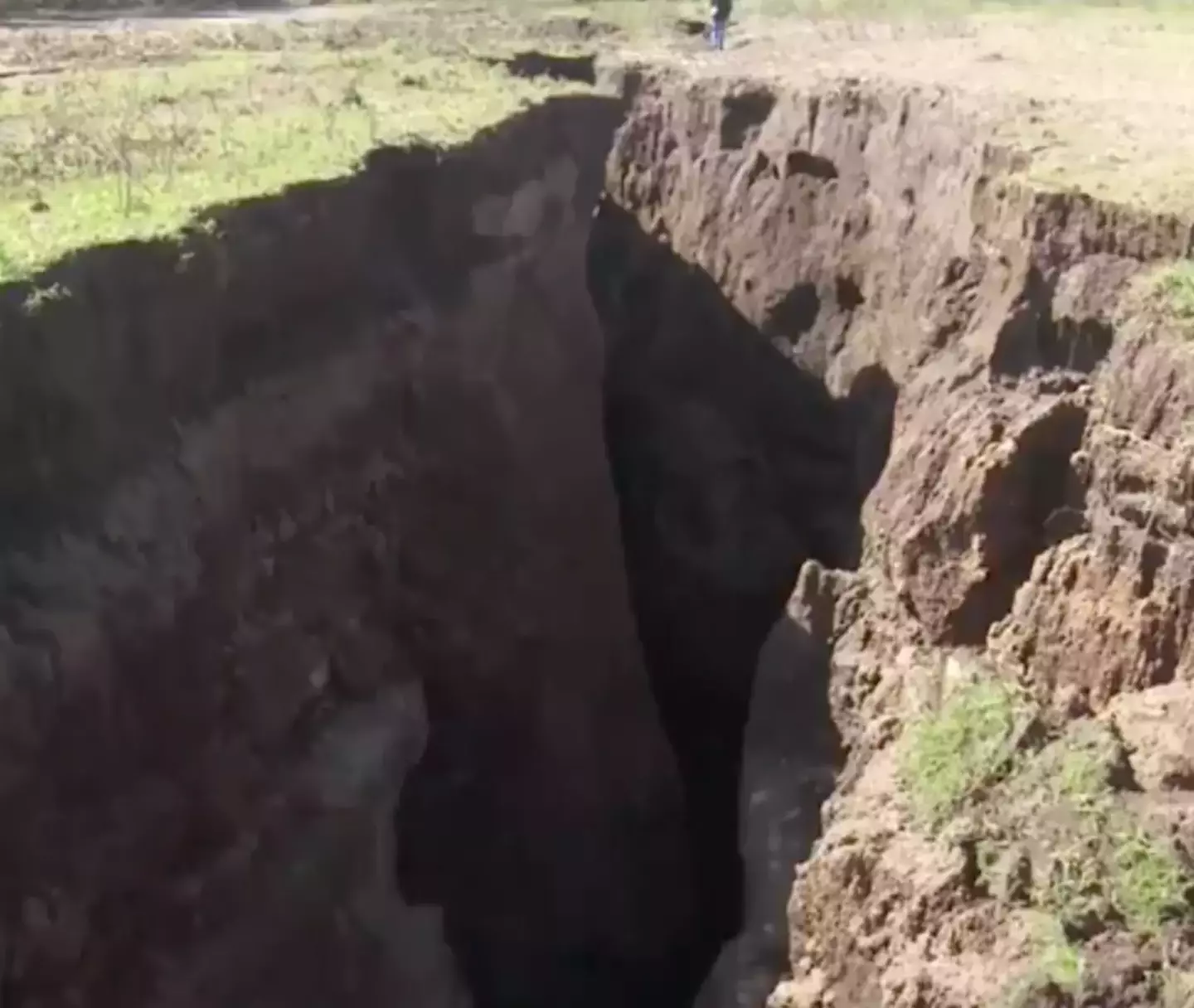
The crack is causing huge concern. (BBC)
Advert
For the past 30 million years, the Arabian plate has been slowly moving away from the African continent.
The gap is growing but not so quickly that you’ll see it by looking at it, as the Arabian plate is moving away from Africa at a rate of approximately one inch per year.
It’s slower for both the African and Somali plate though, as they are reported to be breaking away at an even slower rate, at round half an inch to 0.2 inches every year.
It’s thought that the gap will continue to widen in the future, to the point where East Africa will form its own separate continent.
Advert
Ken Macdonald, a marine geophysicist and professor emeritus based at the University of California, explained: “With GPS measurements, you can measure rates of movement down to a few millimetres per year.
“As we get more and more measurements from GPS, we can get a much greater sense of what’s going on.
“The Gulf of Aden and the Red Sea will flood in over the Afar region and into the East African Rift Valley and become a new ocean, and that part of East Africa will become its own separate small continent.”
